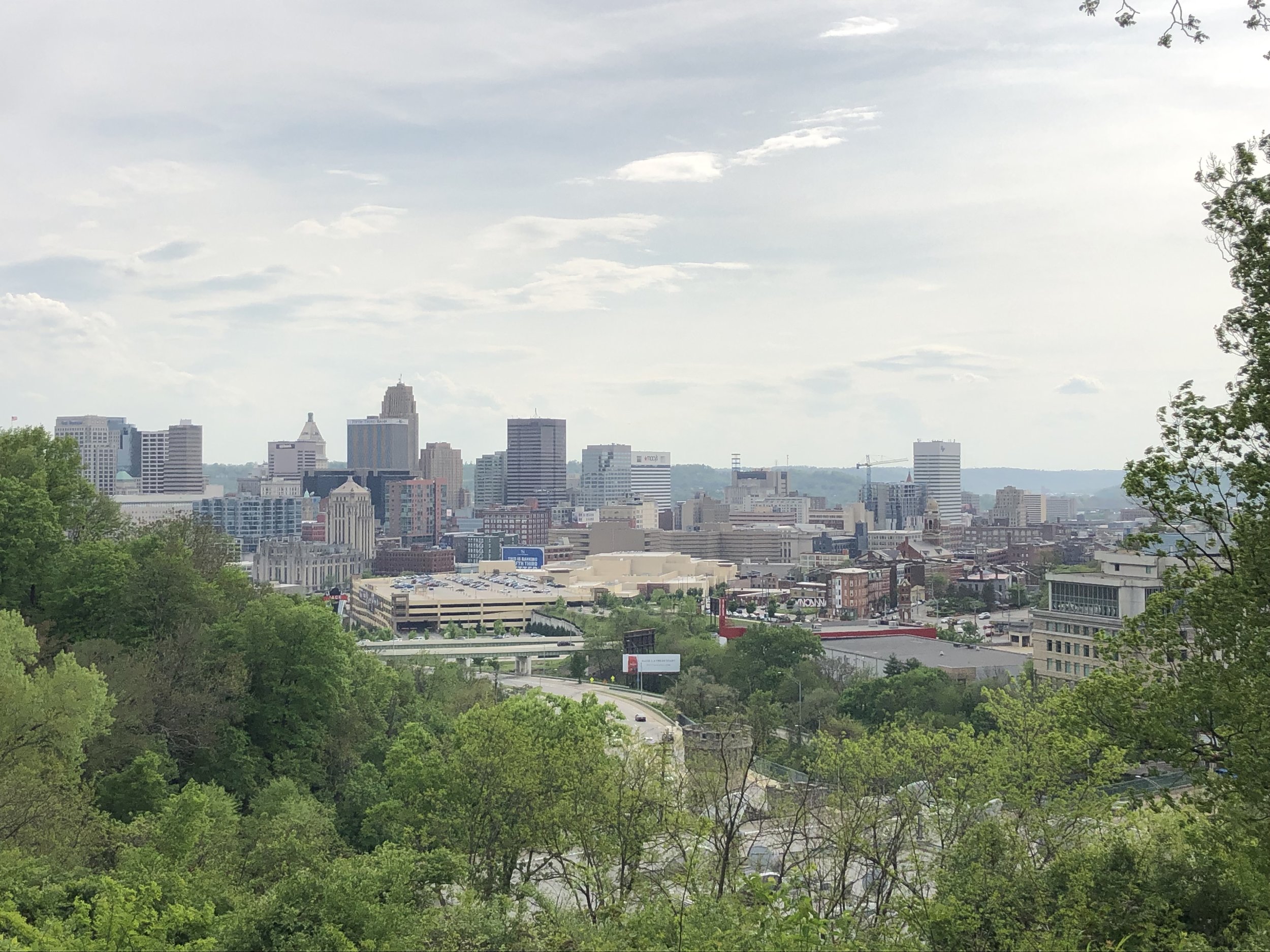To me the simple act of tying a knot is an adventure in unlimited space…limited only by the scope of our own imagery and the length of the ropemaker’s coil. What could be more wonderful than that?
-Clifford W. Ashley
Photo 1: a panorama from the viewing deck on the second floor. It was a gorgeous, crisp spring day on the water.
Photo 2: Queequeg in his own proper person, Kathleen Piercefield. This 21st century multi media print is stunning, and a statement about the multi-cultural aspect of whaling, as well as the deeply embedded nature of the New Bedford museum in its own local communities.
Photo 3: a selection from ‘The Hawser Series’ by Hugette Despault May, which is a series of 12 drawings of the rope that dangles in the center. This photo captures two of my fave things about the museum: the clever incorporation of contemporary art within the historic objects, and the emphasis on materials and their importance throughout the museum (what can I say…I’m an archaeologist…)
Photo 4: a Sperm Whale skeleton. There are four whale skeletons in the museum and they emphasize the theme of scale, which permeates the collections on display, both in terms of large and small items. Also, bones are a material referenced constantly.
Photo 5: 19th century Sperm Whale ha’akai (ear ornament) from Marquesas Islands, Polynesia. This section (imo) meaningfully integrated indigenous material into the overarching global narrative of whaling that the museum was attempting to portray. And again, the idea of scale + bones as materials both functional and fabulous.
Ev took me when I visited over spring break in March. It’s his favorite museum near Providence, and I am honored that he shared it with me. We are great museum buddies bc we both tend to be object oriented first, and then read the didactics of what interests us, rather than reading first and referencing the stuff second. Regardless, I loveddd this museum.
In addition to the photos, there are two more things I wanted to remember about the museum. Beyond sight, the museum utilized other sensorial experiences deftly: there were different types of whale oil to smell, lots of stations that involved tactile interaction, and various audio stations integrated into the displays.
My favorite thing in the museum was their curation of the Grand Panorama of a Whaling Voyage ‘Round the World by Benjamin Russell and Caleb Purrington. This panorama painting (clocking in at 1,275 feet long) is super difficult to display, for obvious reasons. It is currently experienced through a touch pad that allows you to scroll, zoom, and access various information about the object, its history, and the process of the large-scale digitization process. Alternatively, the scan of the painting is projected in a film with a score and narration of the journey, for passive viewing.
Final thoughts: Overall, incredibly intelligent curation that’s perhaps a tad heavy handed on the didactics, but that’s my style anyway so no complaints here. I was incredibly impressed by the integration of a vast collection, spanning time, materials, and cultures, into a cohesive, well-articulated message about the history and continued heritage of whaling.






























